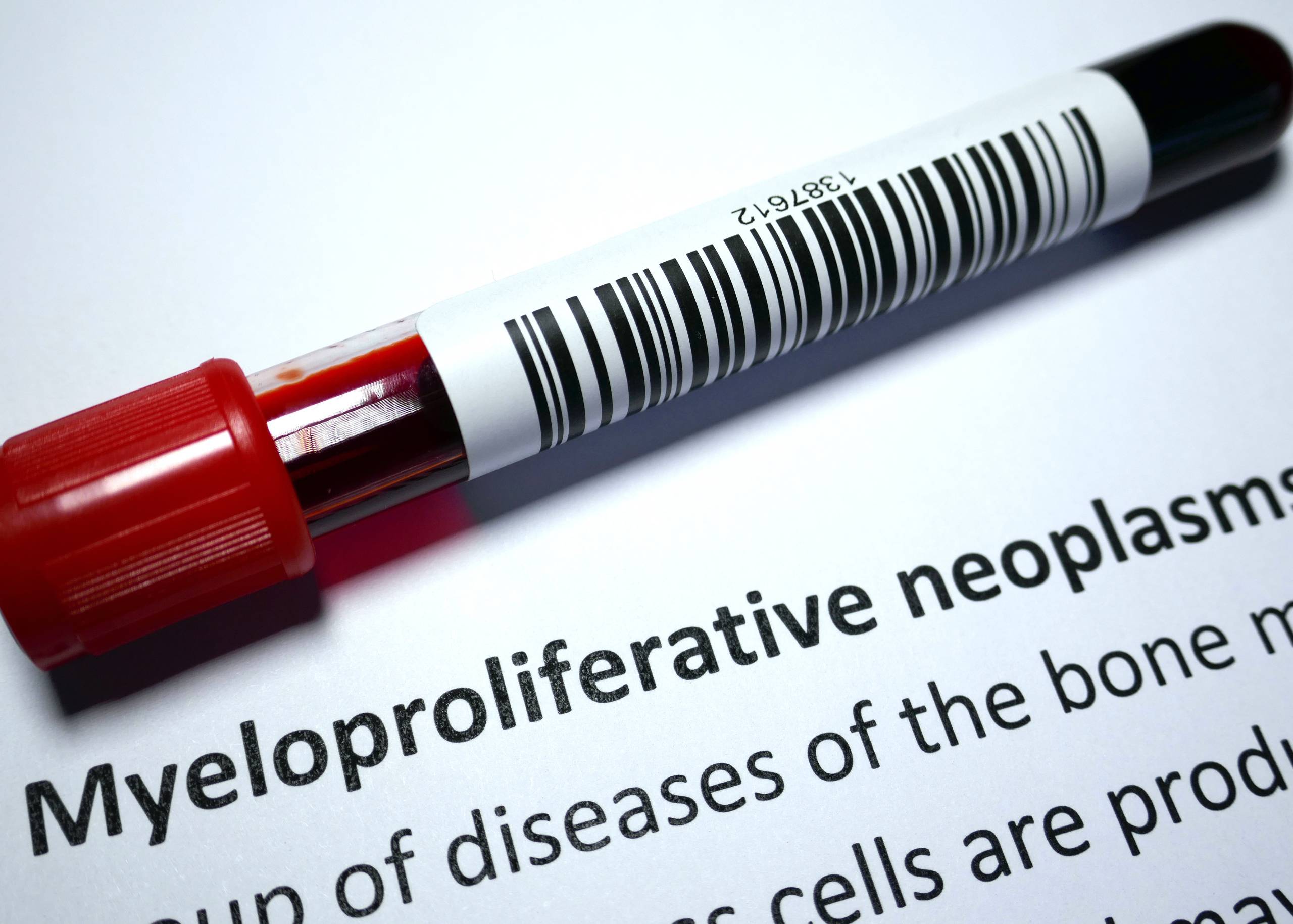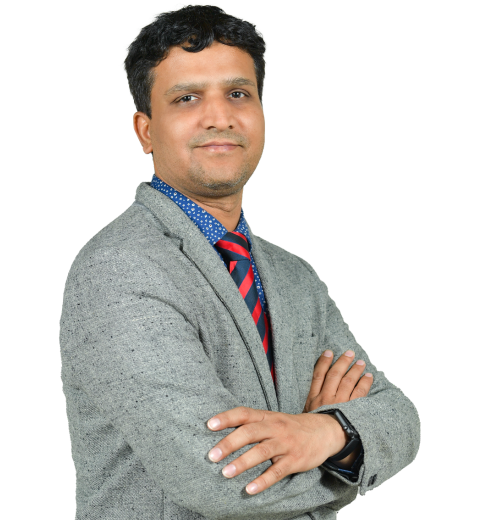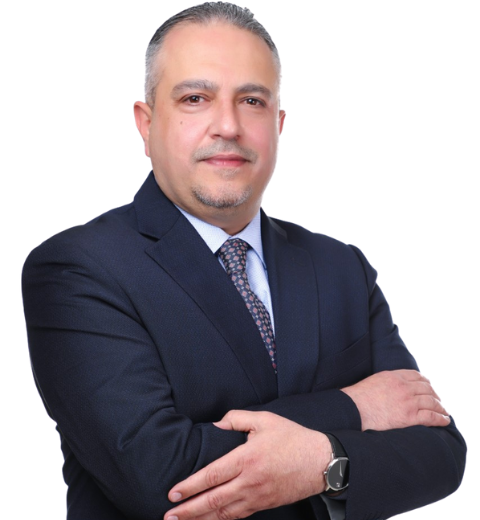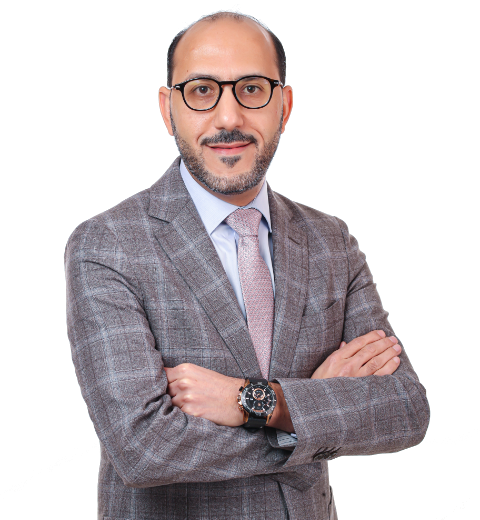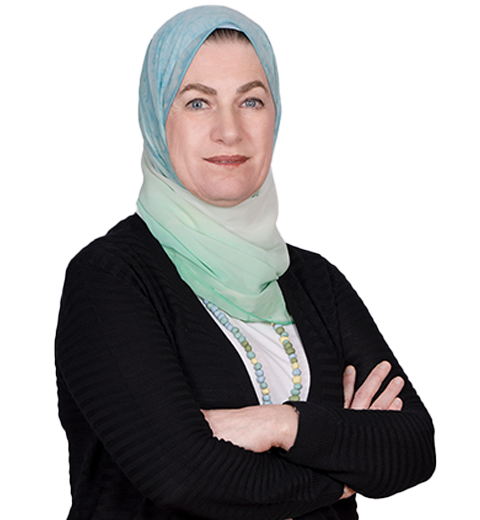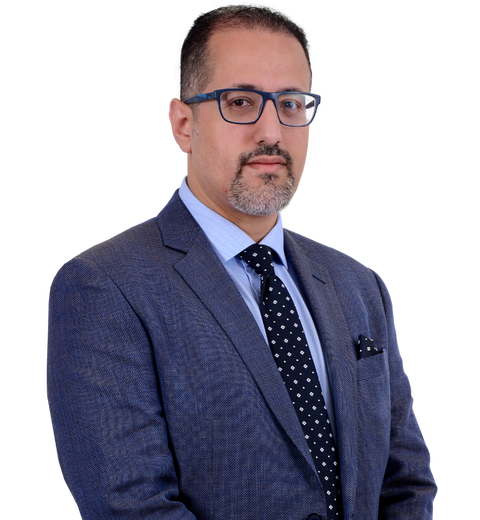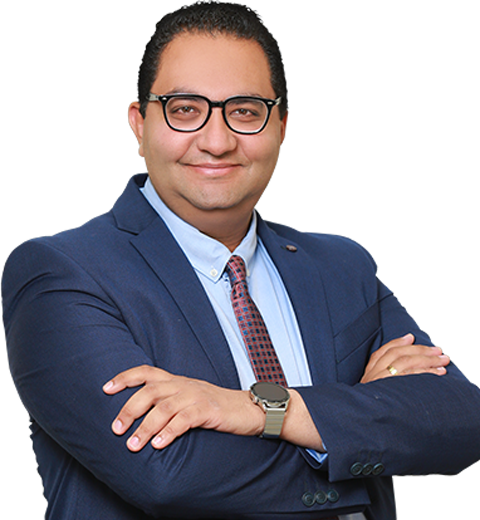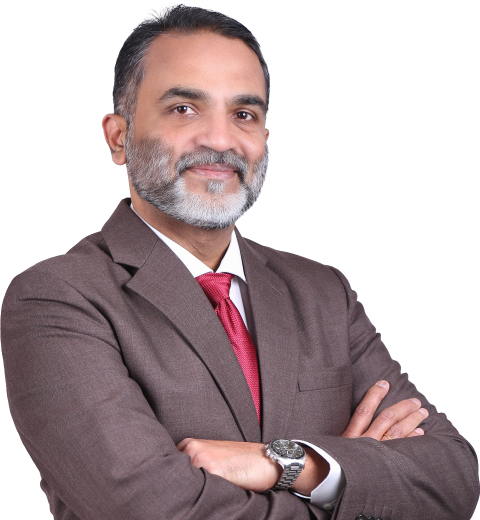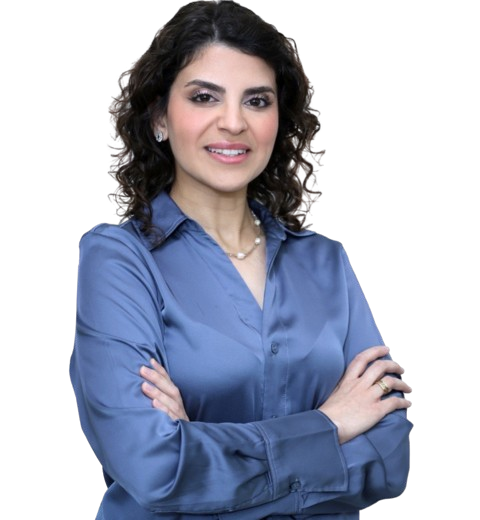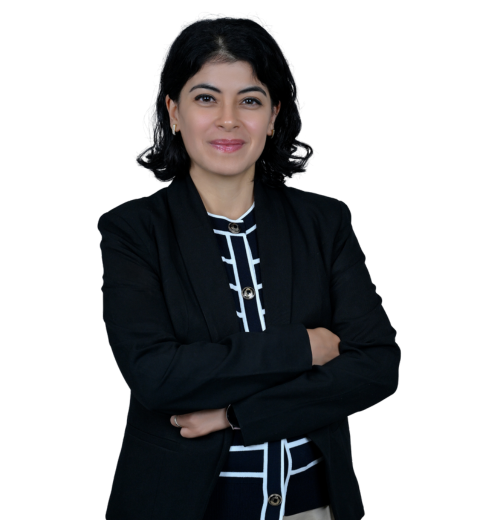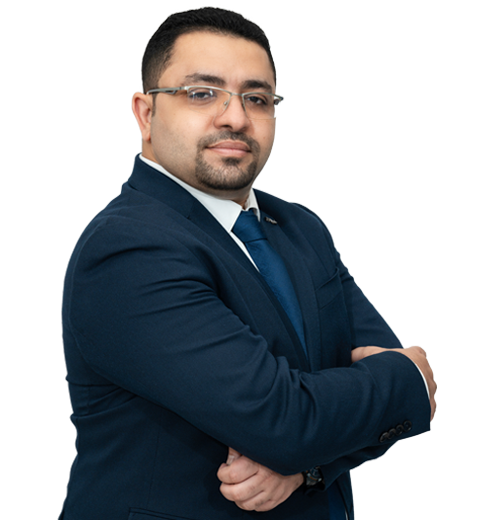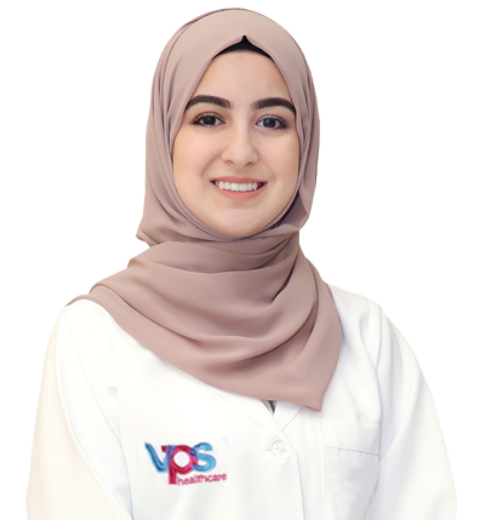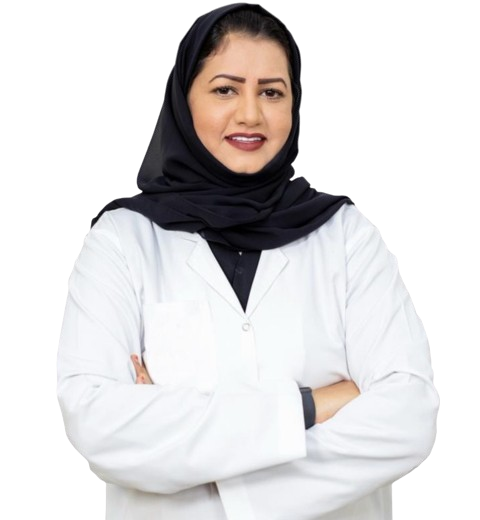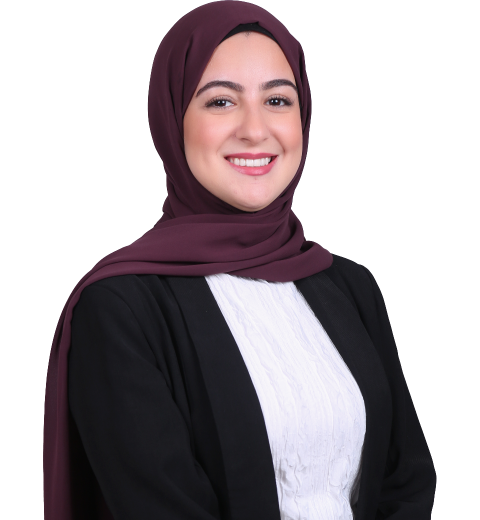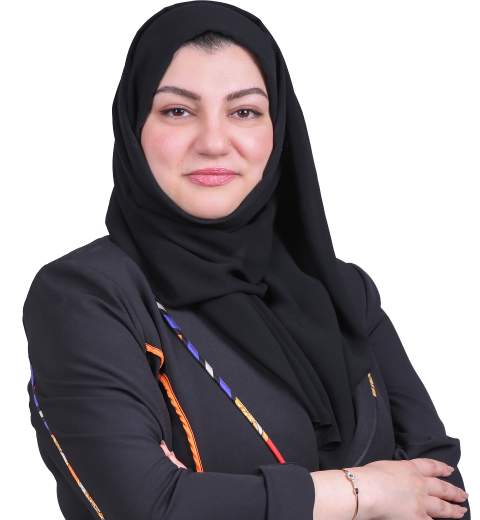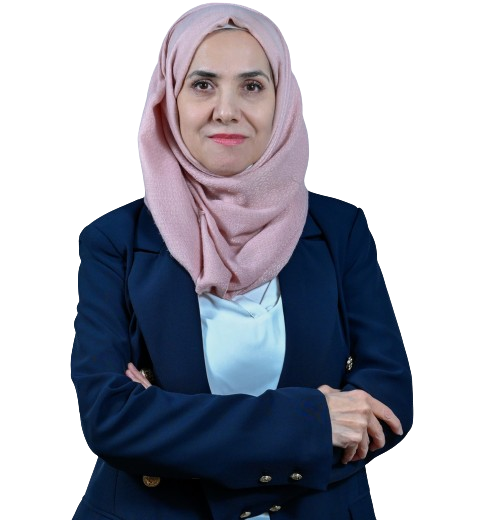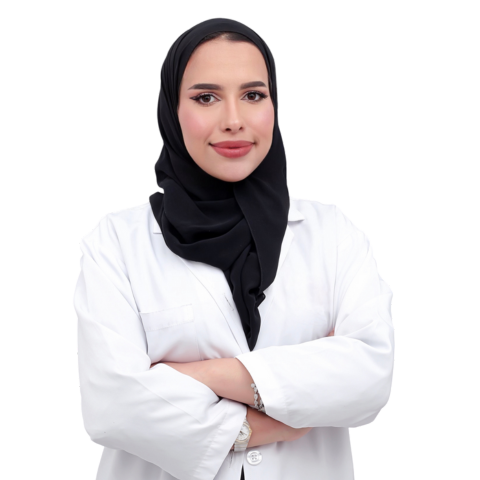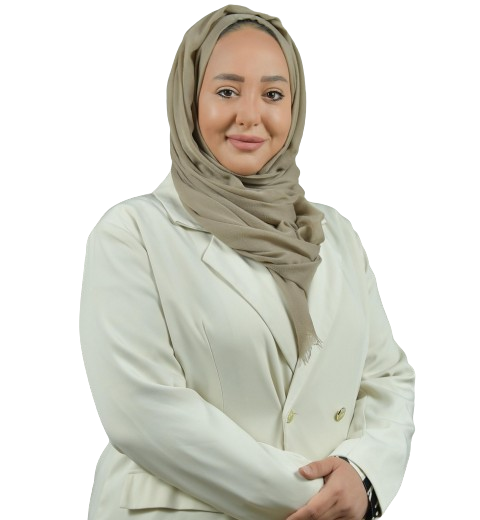Some medical cases are so rare they challenge even the most experienced surgeons. When an extremely premature neonate weighing just 980 grams developed an incarcerated hernia with a perforated appendix extending into the scrotum—a condition known as Amyand’s hernia—the surgical team at Burjeel Hospital, Abu Dhabi, faced a life-threatening emergency requiring immediate intervention and extraordinary skill.
The Premature Journey
Birth Statistics:
- Gestational age: 27 weeks (extremely premature)
- Birth weight: 930 grams (approximately 2 pounds)
Initial Complications:
- Severe Respiratory Distress Syndrome (RDS)
- Invasive mechanical ventilation for 2 weeks
- Surfactant therapy required
- Hemodynamically significant Patent Ductus Arteriosus (PDA)
- PDA closed on day 6
- Electrolyte imbalances
The Sudden Crisis
Around 3 weeks of age (weight: 980 grams), the baby developed alarming new symptoms:
- Significant abdominal distension
- Rising inflammatory markers
- No obvious intestinal obstruction
- Swelling noticed in right scrotum
Immediate concerns:
- Possible testicular torsion?
- Incarcerated hernia?
- Acute surgical emergency?
Diagnostic Investigation
Abdominal X-rays:
- Distended bowel loops
- No signs of intestinal perforation
Ultrasound findings:
- Normal testis with good vascularity (ruling out torsion)
- Incarceration of “intestinal loop”
- Unexpected finding requiring emergency surgery
The Shocking Intraoperative Discovery
Emergency right inguinal exploration revealed a medical rarity:
Amyand’s Hernia with Perforated Appendix
- The appendix had herniated into the inguinal canal
- The appendix was perforated
- Extension into the scrotum
- Right testicle was unaffected
Immediate Surgical Response:
- Perforated appendix removed via inguinal incision
- Stump closure performed
- Abdominal exploration: no contamination found
- Hernia repair completed
Surgery Details:
- Patient tolerated procedure well
- Returned to NICU for post-operative care
- Minimal complications
Understanding Amyand’s Hernia
What is Amyand’s Hernia?
- Extremely rare condition
- Appendix herniated into inguinal canal
- Named after Claudius Amyand (1735 – first documented repair)
- Occurs in less than 1% of inguinal hernias
Classification:
- Type 1: Normal appendix in hernia
- Type 2: Acute appendicitis within hernia (this case)
- Type 3: Acute appendicitis, peritonitis
- Type 4: Acute appendicitis with other abdominal pathology
Why So Rare in Neonates:
- Inguinal hernias common in premature infants
- Appendix in hernia extremely uncommon
- Perforated appendix in hernia exceptionally rare
- In extremely premature neonate: nearly unprecedented
The Surgical Challenges
1. Extreme Prematurity
- 27-week gestational age
- Only 980 grams body weight
- Tiny anatomical structures
- Fragile tissues
2. Inflammatory Tissue
- Perforated appendix caused inflammation
- Obscured normal anatomy
- Increased bleeding risk
- Made dissection challenging
3. Diagnostic Difficulty
- Abdominal distension without clear obstruction
- Scrotal swelling: multiple differential diagnoses
- Ultrasound showed “intestinal loop”—actually appendix
- True diagnosis only confirmed intraoperatively
4. Anesthesia Complexity
- Extremely premature with respiratory disease
- Previous ventilation dependence
- Careful hemodynamic management
- Coordination between anesthesia and neonatology teams
5. Surgical Expertise Required
- Pediatric surgical subspecialty training
- Experience with extremely premature infants
- Ability to adapt intraoperatively
- Skill in neonatal hernia and appendix surgery
The Multidisciplinary Response
Anesthesia Excellence:
- Dr. Hala Mohamed Hamada (monitoring and sedation)
- Dr. Samer Shouman Alkahwaty (airway and ventilation management)
- Excellent coordination with surgical and neonatal teams
Neonatal Expertise:
- Dr. Shabeer Panangandy (pre-operative optimization)
- Post-operative NICU management
- Long-term developmental follow-up
Surgical Precision:
- Prof. Dr. Amulya Saxena (leading pediatric surgery and management)
- Adapted approach based on intraoperative findings
- Minimized surgical trauma
- Complete removal of infected tissue
Post-Operative Course
Hospital Recovery:
- Unremarkable post-operative course
- Continued NICU care for prematurity
- No surgical complications
- Stable condition within 3 weeks
Discharge:
- Discharged in stable condition
- Appropriate weight gain
- Normal feeding
- Surgical site healed well
Histology Confirmation: Appendix showed:
- Mucosal ulceration
- Infiltration by polymorphonuclear leukocytes
- Markedly congested blood vessels
- Focal necrotic appendiceal wall
- Neutrophil collection, intravascular fibrin
- Inflammation extending to serosa
- Confirmed diagnosis: Perforated appendicitis
Why This Case Matters
1. Medical Rarity
- Amyand’s hernia: <1% of all inguinal hernias
- In extremely premature neonate: nearly unreported
- With perforation: exceptional rarity
- Adds to medical literature and knowledge
2. Surgical Excellence
- Demonstrates advanced neonatal surgical capability
- Showcases multidisciplinary teamwork
- Proves complex procedures possible in UAE
- Avoids need for international transfer
3. Positive Outcome
- Baby survived and thrived
- No long-term complications
- Normal development expected
- Family kept together during crisis
4. Diagnostic Acumen
- Recognized emergency despite unusual presentation
- Appropriate urgent intervention
- Correct surgical approach
- Prevented potential catastrophe
Long-Term Prognosis
After successful repair:
- Normal development expected
- No appendix-related issues (removed)
- Hernia repaired—no recurrence expected
- Follow-up for prematurity-related concerns only
- Excellent quality of life anticipated

Our Experts
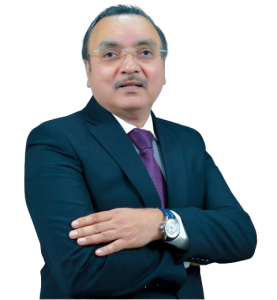
Prof. Dr. Amulya Saxena
Consultant Pediatric Surgery & Head of Pediatric Services (Surgical and Medical)
Burjeel Hospital, Abu Dhabi

Dr. Shabeer Panangandy
Consultant Neonatology & HOD
Burjeel Hospital, Abu Dhabi
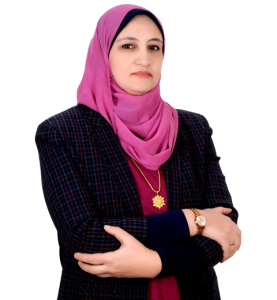
Dr. Hala Mohamed Hamada
Specialist – Anesthesia
Burjeel Hospital, Abu Dhabi
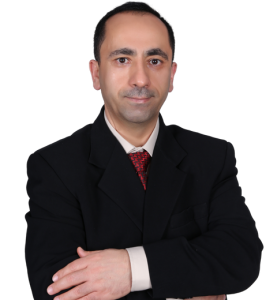
Dr. Samer Shouman Alkahwaty
Consultant – Anesthesia
Burjeel Hospital, Abu Dhabi
Expert Neonatal Emergency Care
Rare and complex neonatal surgical emergencies require immediate access to specialized expertise. Our multidisciplinary team provides 24/7 emergency neonatal surgical care.



